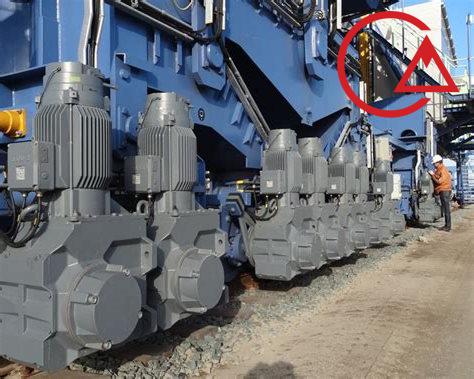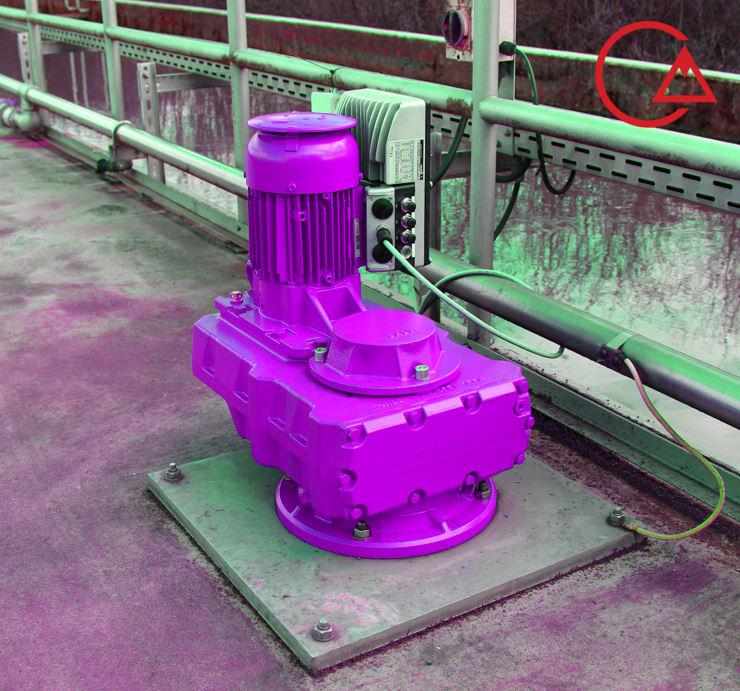Gear reducers are an essential component in mechanical systems that transmit power and control speed. They are used in various industries, including automotive, aerospace, and manufacturing. Gear reducers provide torque multiplication and speed reduction, enabling machines to operate efficiently and effectively.

There are several types of gear reducers, each with its unique advantages and applications. In this article, we will explore the different types of gear reducers commonly used in various industries.
Spur Gear Reducers:
Spur gear reducers are the most common type of gear reducer. They consist of parallel shafts with spur gears mounted on them. Spur gears have straight teeth that mesh together to transfer power. These gear reducers are compact, simple, and cost-effective. However, they tend to produce noise and vibration due to the teeth engagement, making them less suitable for applications that require quiet operation.Helical Gear Reducers:
Helical gear reducers are similar to spur gear reducers but have helical gears instead of straight teeth. Helical gears have angled teeth that gradually engage, resulting in smoother and quieter operation compared to spur gears. They can handle higher loads and transmit more torque. Helical gear reducers are commonly used in applications that require high precision and low noise, such as robotics and automated machinery.Worm Gear Reducers:
Worm gear reducers consist of a worm (a screw-like gear) and a worm wheel (a gear with helical teeth). These gear reducers provide high gear ratios, making them suitable for applications that require significant speed reduction. They are compact, self-locking, and have high shock-load resistance. However, worm gear reducers have lower efficiency compared to other types due to the sliding contact between the worm and worm wheel, resulting in more friction and heat generation.Planetary Gear Reducers:
Planetary gear reducers consist of multiple gears arranged in a planetary configuration. They offer high torque density, compact size, and excellent efficiency. Planetary gear reducers can achieve various gear ratios by combining different gear stages. They are commonly used in applications that require high precision, such as robotics, CNC machines, and industrial automation.Cycloidal Gear Reducers:
Cycloidal gear reducers, also known as cyclo drives or epicyclic gear reducers, utilize a specialized design with eccentric bearings and toothed rollers. This unique design provides high torque capacity, shock-load resistance, and compact size. Cycloidal gear reducers have excellent efficiency and can achieve high gear ratios. They are commonly used in heavy-duty applications such as mining equipment, conveyors, and material handling systems.

Each type of gear reducer has its own advantages and limitations, and the selection depends on the specific application requirements.
Factors such as torque, speed, efficiency, noise level, and space constraints play a crucial role in determining the suitable gear reducer type.
In conclusion, gear reducers are vital components in various industries, enabling machines to operate effectively and efficiently. Understanding the different types of gear reducers and their applications can help engineers and designers select the most appropriate option for their specific needs. Whether it’s spur gear reducers, helical gear reducers, worm gear reducers, planetary gear reducers, or cycloidal gear reducers, each type has its unique characteristics that make it suitable for specific applications.